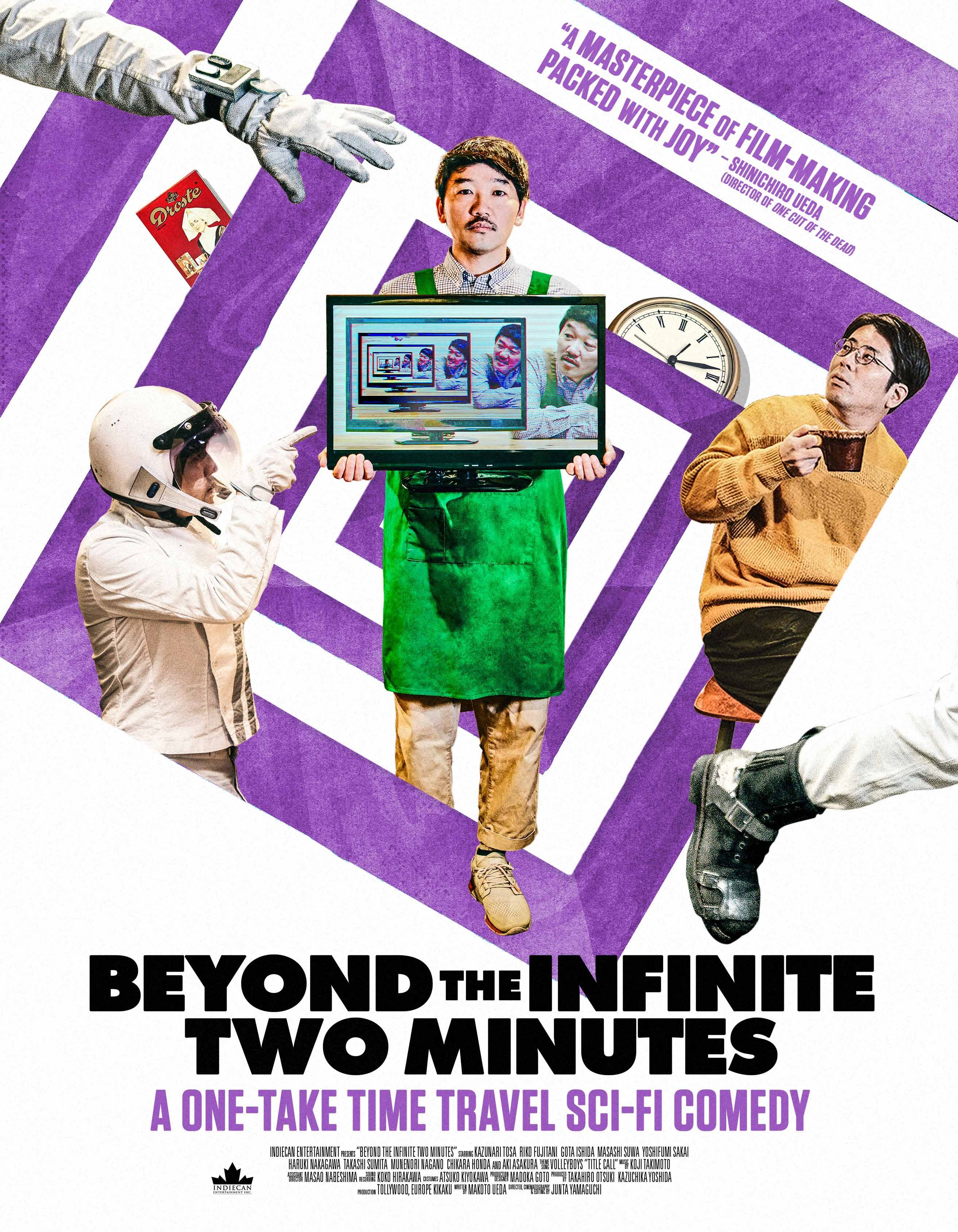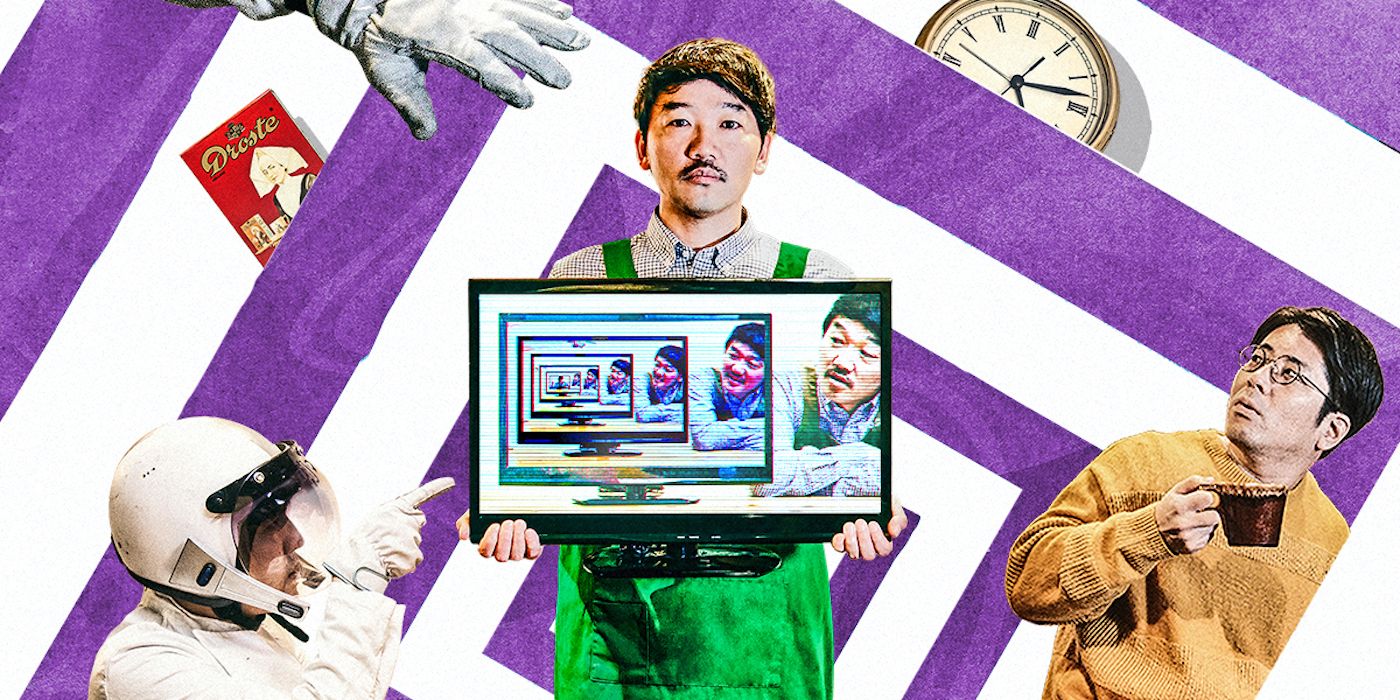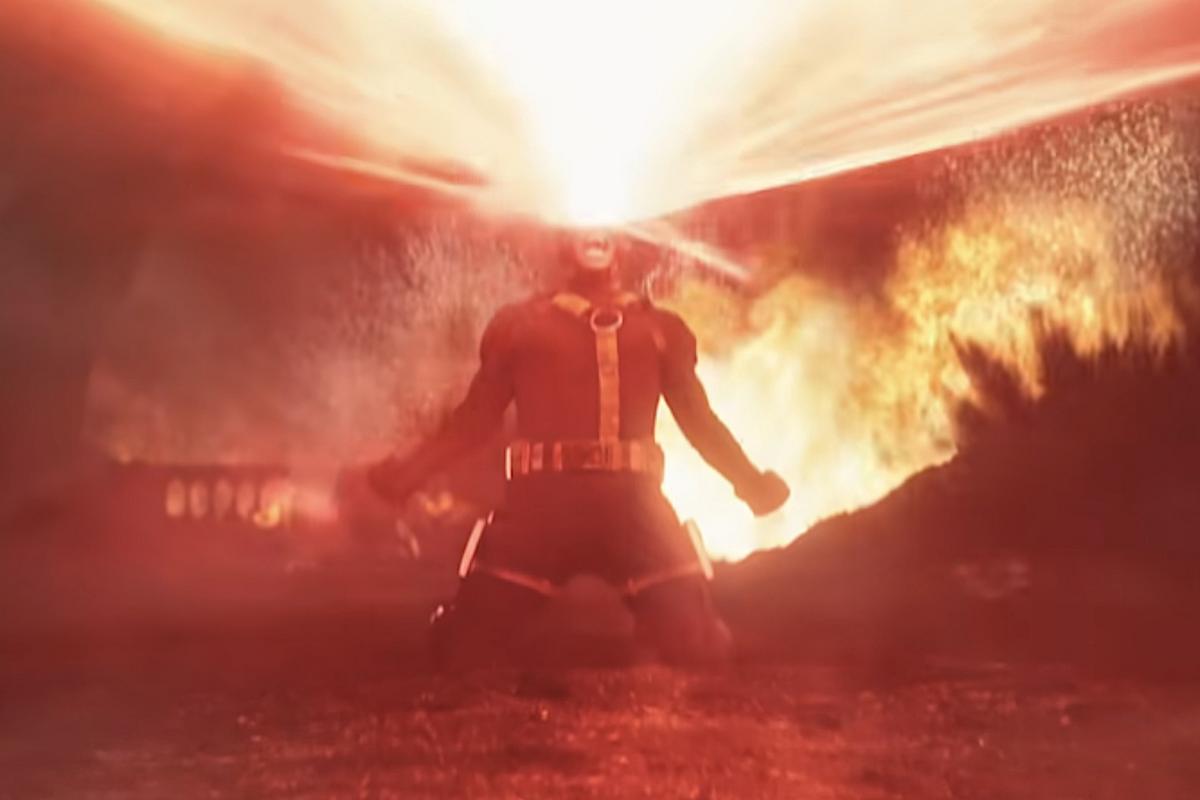The Big Picture
We all love a time travel movie, especially one that features lots and lots of twists to subvert our expectations at every turn, but this 2020 microbudget Japanese rom-com takes it to another level to become one of the most cerebrally enjoyable movies of the 21st century. Get ready to scratch your brains until your mind gets lost in an infinite chaos loop, all with a smile on your face, as Junta Yamaguchi’s Beyond the Infinite Two Minutes channels all of the chaos of Rick and Morty at their most ambitious crossed with the sincerity of a Friends episode. Time travel has consistently proven itself to be one of the best sci-fi tropes to materialize on a shoestring budget, with films like Shane Carruth’s Primer blowing minds across the globe in spite of only costing $7,000. The trick lies in the fact that the ingenuity doesn’t come from VFX work as much as it does the temporal paradox spun from the twisted minds of their writers. But without further ado, let’s get into what makes Beyond the Infinite Two Minutes such a marvel to behold, even among what’s come before.
Beyond the Infinite Two Minutes was written by Makoto Ueda and stars Kazunari Tosa as Kato, a down-on-his-luck café owner who’s trying to get a career in music up and running, but there’s one problem… he can’t find his guitar pick! Luckily, while searching for it in his room, a version of himself from exactly two minutes into the future pops up on the screen of his monitor, telling him that it’s under the rug. He finds it but is then told by his future self to run downstairs to the café’s monitor (where he’s speaking from) in order to give himself the same message. The mechanics recall the “time fights” from Bill & Ted’s Bogus Journey, where telling themselves to remember to place something somewhere specific later will lead to that object manifesting before them in the moment. Just make sure you wrap your head around that one first because it only gets trickier from here on out.

A cafe owner discovers that the TV in his cafe suddenly shows images from the future, but only two minutes into the future.
Release Date June 5, 2020
Director Junta Yamaguchi
Cast Riko Fujitani, Aki Asakura
Runtime 71m
Genres Science Fiction, Comedy
What Happens in ‘Beyond the Infinite Two Minutes’?
As Kato delivers his message to the café shop’s monitor, he’s noticed by the café’s Aya (Riko Fujitani), who upon discovering the “Time TV,” much to the behest of Kato, invites all of their goofy friends over to check it out. Shenanigans and bickering on par with the best Always Sunny episodes ensue, as the friends venture to Kato’s room to discover themselves, from two minutes into the future, instructing them to perform tasks. These range from Kato asking out Megumi (Aki Asakura), the girl at the shop next door, to finding a rare collectible toy bug from a vending machine, to discovering a large wad of cash in a specific place on the street (incoming: disastrous consequences). The film directly questions the nature of a self-fulfilling prophecy, as all members of the gang feel completely compelled to reenact the messages that they receive, even if they end up deceiving themselves in the process.
Naturally, seeing a mere two minutes in the future only excites the gang for so long before they decide to go bigger. To their knowledge, the monitor in Kato’s room represents two minutes into the past, whereas the one in the café transmits two minutes into the future. The gang’s resident brainiac Ozawa (Yoshifumi Sakai) then comes up with a plan. If they position the monitors towards one another, it creates a Droste effect, creating an infinite number of screens within screens that get smaller and smaller but allow them to see an extra two minutes into the future with every level. It’s a time loop that requires the film to map out every action two minutes ahead and behind the current time stamp, as the gang receives more and more warnings about what will happen as a result of their actions. You have to see it to believe it, but a confusing plotline is hardly all that this gem has to offer.
‘Beyond the Infinite Two Minutes’ Gives ‘Birdman’ a Run for Its Money
Thanks to the rise of digital filmmaking, Birdman and 1917 are but two of the many films crafted to look like one shot even if they actually aren’t. That Birdman was snubbed for a Best Editing nomination at its year’s Academy Awards proves incredibly short-sighted, as while its presentation leads viewers to believe that it didn’t require much cutting, it’s one of the most carefully edited films of all time. Its invisibility is a reflection of its skill rather than the other way around and Beyond the Infinite Two Minutes is no exception, seamlessly constructed to appear as if it’s all one shot.
Similar to 2017’s One Cut of the Dead, Beyond the Infinite Two Minutes belongs to the nagamawashi genre, a Japanese subgenre based on long shots and low budgets. In One Cut of the Dead, the effect is used to craft a delicious zombie comedy about movie-making, while Beyond the Infinite Two Minutes uses it to illustrate the seamlessness of its intricately plotted time travel mechanics. The film would likely work just as well without such a device, even if the device itself adds another level to the perfect timing required to pull something of this caliber off to begin with. If nothing else, it speaks to the fact that if you blink or lose focus for even a second, you’re guaranteed to get as lost as Roronoa Zoro on his way to help out Luffy and his crew.
Naturally, it’s only a matter of time before the lovable gang’s antics catch up with them, with violent yakuza and time cops but a few of the consequences coming their way. However, the film’s third act reveals itself for what it truly is: one long adorable meet-cute for Kato and Megumi, both of whom share one overwhelming character flaw. In Steven Spielberg’s Jaws, Richard Dreyfuss’s Brody is afraid of the water, and so naturally must venture out into the literal ocean to vanquish this mighty sea beast. It’s only fitting then that Kato’s flaw in Beyond the Infinite Two Minutes comes from the fact that he hates and fears the future. This isn’t like how Spike Lee’s 25th Hour fears the future, but more like how Roland Emmerich’s 2012 does.
Towards the end of the film, Kato talks about the fact that growing up, his belief in Y2K or 2012 end-of-the-world conspiracy theories meant that he never desired or worked for anything, as he assumed that by the time he reached adulthood, the world would have perished anyway. He’s therefore left bitter over the fact that he has yet to accomplish anything as a result. It’s the reason he’s feared asking Megumi out for the longest time and why his self-fulfilling prophecy as a result of the “Time TV” initially leads to disappointment. If anything, however, it illustrates the inherent character work present in such a goofy time-traveling escapade, leaving its viewers with something that doesn’t just satisfy them for the way that it all clicks, but for what its characters endure.
Beyond the Infinite Two Minutes may not be the easiest film to understand, but at a brisk and always-entertaining 71 minutes, repeat viewings are bound to be rewarded. It’s Christopher Nolan’s Tenet by way of Adam Sandler’s Click (a sentence I’m sure you thought it’d be a while before you read) but if there’s one thing truly infinite about this film, it’s not the temporal mind games, but the playfulness in its heart.
Beyond the Infinite Two Minutes is available to watch on Amazon Prime in the U.S.
Watch on Amazon Prime







